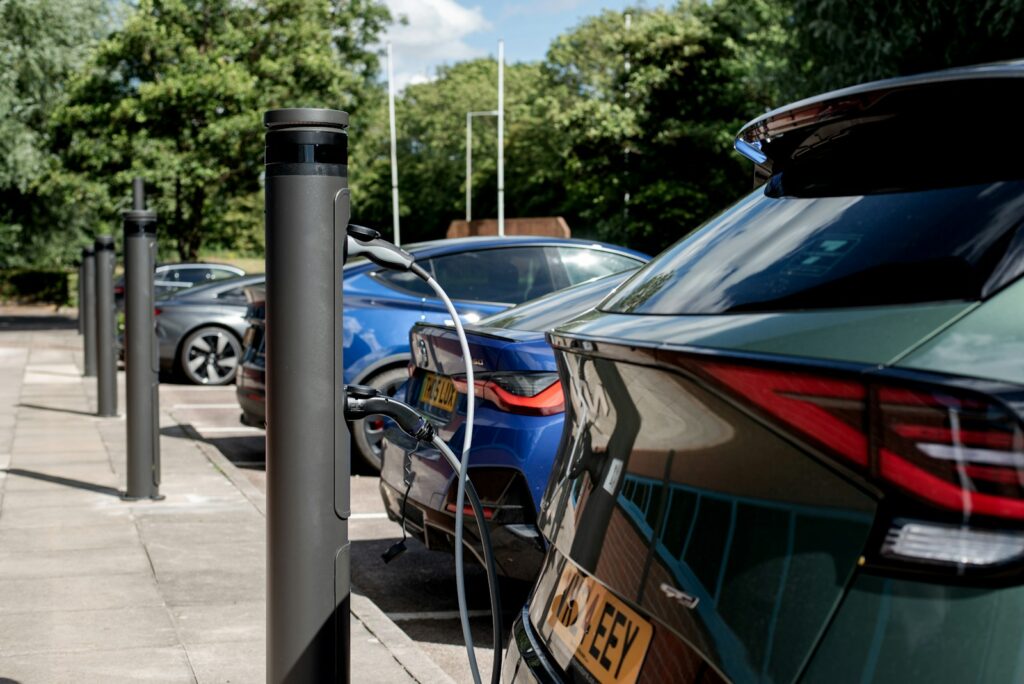
The electric vehicle revolution is in full swing, reshaping how we think about transportation and energy. As more EVs hit the road, a critical conversation is emerging around the longevity and efficiency of their most vital component: the battery. Understanding how charging strategies influence battery ageing is paramount to maximizing their lifespan and, by extension, reducing their environmental footprint.
A recent review by Jennifer Leijon (2025) synthesizes existing research, highlighting how operational decisions, charging infrastructure, and thermal management can support longer-lasting EV batteries. This isn’t just about getting from point A to B; it’s about ensuring that widespread EV adoption translates into a truly sustainable future. Every aspect of charging plays a role in the health and performance of an EV’s energy pack.
Battery ageing is typically measured through its State of Health (SOH), combining capacity fade—reduction in energy storage—and resistance growth, which limits power output and efficiency. These issues stem from mechanisms like SEI layer growth, mechanical stress in electrodes, electrolyte breakdown, and lithium plating. Crucially, these processes accelerate under high temperature, high state of charge (SOC), and high charging rates. Therefore, optimizing EV range and longevity requires meticulous management of these conditions.
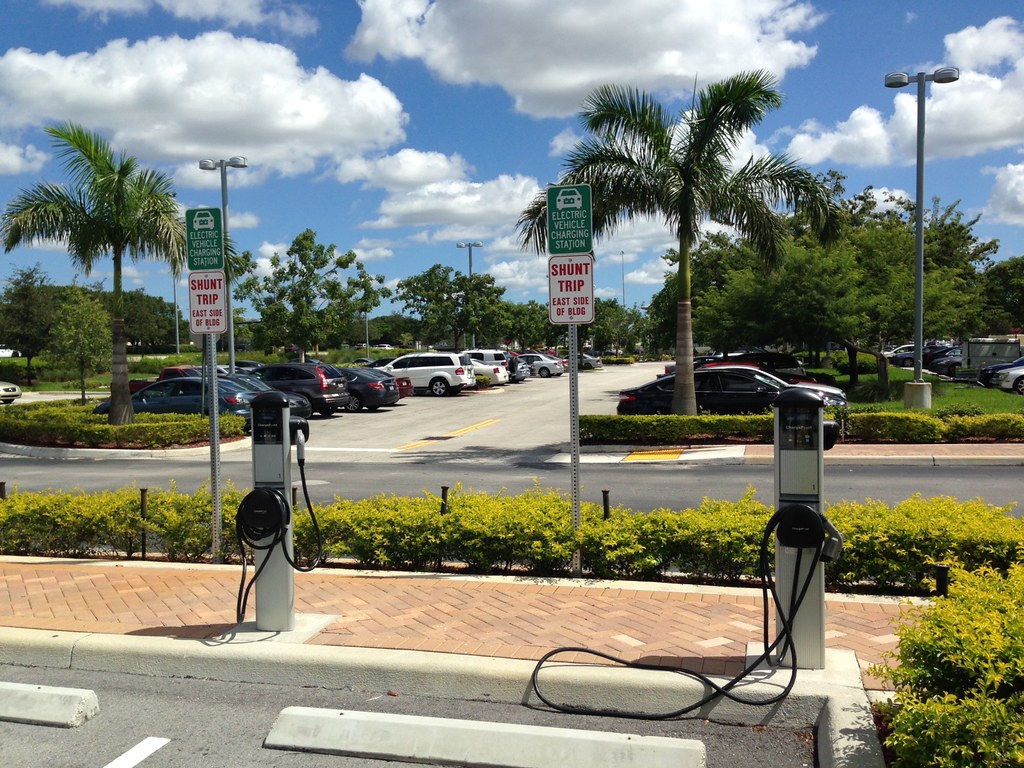
1. **Unmanaged Fast Charging**Fast charging has become a cornerstone of EV convenience, offering quick top-ups that dramatically reduce range anxiety for drivers. The appeal is undeniable: plug in, grab a coffee, and get back on the road with significant added range. However, this speed comes with inherent battery health challenges, and if not managed meticulously, it can lead to accelerated degradation. The high current inflows involved in fast charging can raise cell temperatures considerably, accelerating unwanted chemical side reactions within the battery and contributing to faster capacity fade and resistance growth.
Beyond temperature, high current inflows, especially at low ambient temperatures or when the battery’s state of charge (SOC) is already high, introduce a specific risk: lithium plating. This occurs when lithium ions deposit as metallic lithium on the anode’s surface instead of intercalating smoothly. Lithium plating is problematic because it reduces active capacity, permanently diminishing energy storage. Furthermore, it can create safety concerns, potentially leading to internal short circuits and thermal runaway if the plated lithium grows large enough to penetrate the separator.
Despite these risks, research, including Leijon’s review, indicates that fast charging is not inherently damaging when managed correctly. This distinction is critical, shifting focus from avoidance to intelligent control strategies. Effective thermal pre-conditioning, for instance, ensures the battery is at an optimal temperature before rapid charging, especially in cold weather. Active cooling systems are indispensable during fast charging in hot conditions, dissipating heat to keep cell temperatures within safe operating limits.
Moreover, the charging profile itself can be optimized. Tapered current profiles, which gradually reduce the charging current as the battery’s SOC rises, effectively mitigate degradation. This method acknowledges the battery’s susceptibility to stress and lithium plating when nearing full capacity. By carefully controlling the current, especially in later charging stages, the battery management system (BMS) can significantly limit the acceleration of ageing processes. The engineering challenge lies in delivering speed without compromising long-term health, making thoughtful management key to sustainable fast charging.
Read more about: Fortify Your Remote Fortress: 12 Essential Cybersecurity Strategies for US Remote Workers
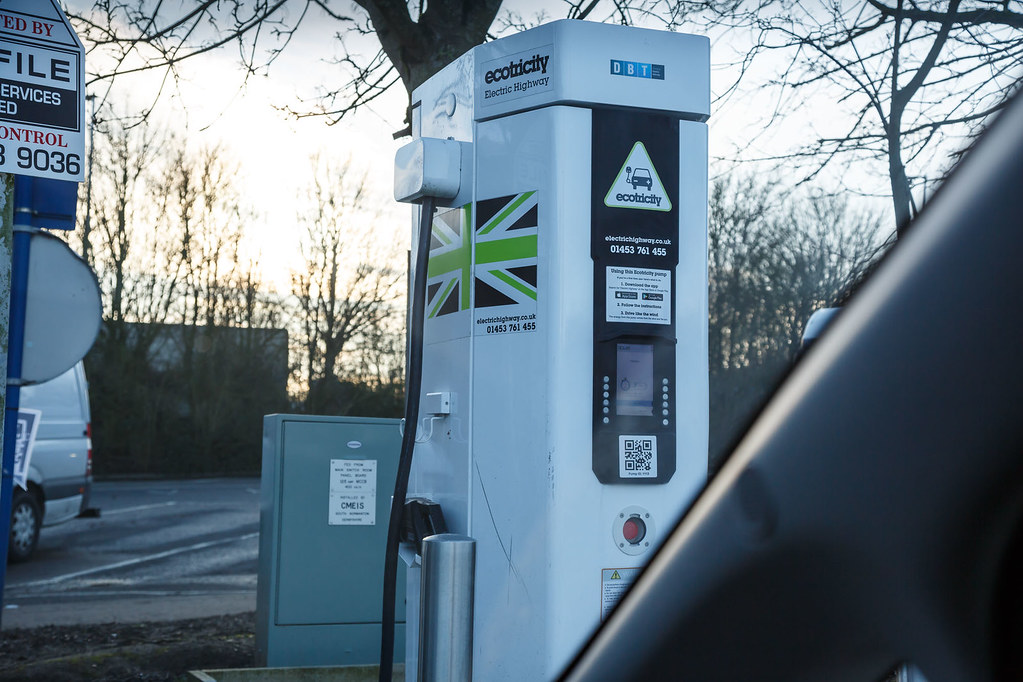
2. **Prolonged High State of Charge (SOC)**One of the most consistent findings in battery research underscores the profound advantage of operating electric vehicle batteries within moderate State of Charge (SOC) ranges, often between 20% and 80%. This practice is highly beneficial for extending battery longevity. The rationale is rooted in the electrochemistry of lithium-ion batteries, where the extreme ends of the charge spectrum introduce significant stress and accelerate various degradation mechanisms. Storing a battery at a very high SOC, particularly for extended periods, significantly accelerates unwanted side reactions.
At high SOC levels, lithium ions are densely packed into the anode material, leading to increased mechanical stress on the electrode structures. This continuous strain can cause micro-cracks and structural rearrangements, reducing electrode integrity and thus overall capacity. Furthermore, high SOC storage promotes parasitic reactions, such as accelerated growth of the Solid Electrolyte Interphase (SEI) layer on the anode. While the SEI layer is necessary, its continued growth consumes active lithium, directly causing capacity fade and increased internal resistance. These chemical reactions are more favorable at higher SOCs, making prolonged exposure a significant detriment.
The implications for daily EV use are straightforward. Charging strategies that actively avoid long periods at very high SOC are critical. For instance, leaving an EV plugged in and fully charged overnight, without a departure time setting, can consistently reduce long-term battery health. Instead, intelligent charging systems and user habits that only push to a full 100% charge when genuinely needed for a long trip are far more advantageous. This approach allows drivers to occasionally benefit from full range without subjecting the battery to chronic stress during routine commutes where 100% capacity is rarely necessary.
For optimal longevity, it’s not just about avoiding constant 100% charges; it’s also about when that charge is completed. Smart charging systems can be programmed to finish charging close to a driver’s planned departure time. This minimizes “dwell time” at high SOC, ensuring the battery experiences high-stress conditions for the shortest duration before discharge. By adopting these nuanced SOC management practices, EV owners and fleet operators can substantially extend battery life without sacrificing usability, demonstrating that a little foresight in charging habits yields significant returns in durability and performance.
Read more about: Unlock Maximum Range: 12 Simple, Actionable Steps to Extend Your EV Battery Life by 10 Percent
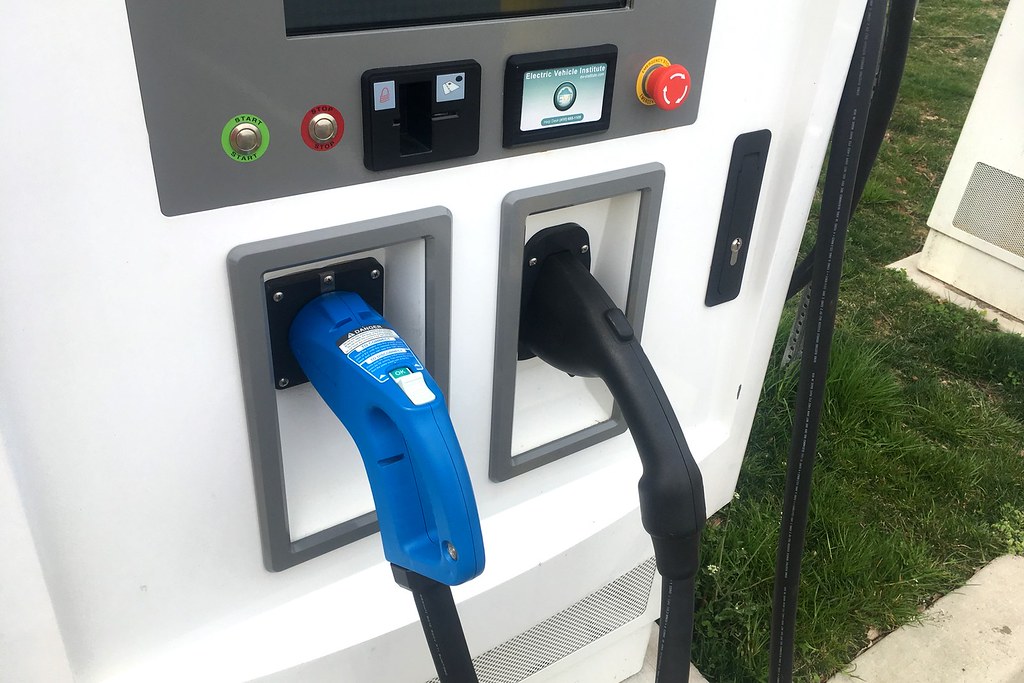
3. **Charging in Extreme Unmanaged Temperatures**Temperature is a central factor influencing nearly every aspect of battery degradation, encompassing both calendar ageing (time-based) and cycle ageing (charge/discharge-driven). Operating or charging an EV battery outside its optimal temperature range, especially without sophisticated thermal management systems, can significantly curtail its lifespan and performance. The electrochemical reactions within a battery are highly sensitive to temperature, posing distinct, yet equally detrimental, threats from both excessively high and low temperatures.
High temperatures, for instance, accelerate chemical side reactions within the battery. This includes faster growth of the Solid Electrolyte Interphase (SEI) layer, which consumes active lithium and contributes to irreversible capacity fade. Elevated temperatures can also lead to electrolyte breakdown, generating gaseous byproducts and compromising the internal structure and safety. Imagine leaving your EV fully charged in direct summer sunlight; the combination of high SOC and high ambient temperature creates a perfect storm for rapid battery degradation, pushing internal chemistry into a hyperactive state.
Conversely, low temperatures introduce a different set of challenges. As temperatures drop, the internal resistance of the battery cells increases, making it harder for lithium ions to move efficiently. This limits power output and reduces charging efficiency. More critically, low temperatures significantly increase the likelihood of lithium plating during charging. When the battery is cold, the kinetics of lithium intercalation into the anode slow down, making it easier for lithium ions to deposit on the anode surface as metallic lithium. This is particularly problematic during fast charging in cold climates, where high current demands exacerbate the issue, turning convenience into a long-term detriment.
This is precisely where advanced thermal management systems become indispensable. Whether pre-heating the battery before fast charging in winter or actively cooling it during charging in hot summer conditions, these systems are essential for minimizing degradation. They act as the battery’s bodyguard, shielding it from thermal stresses that can prematurely age internal components. Automakers and system designers play a central role by integrating robust, user-friendly thermal management features, perhaps automatically engaging based on ambient conditions and scheduled charging. For drivers, utilizing available pre-conditioning features is a simple yet powerful way to support longer-lasting battery performance, emphasizing that optimal battery health depends on *where* and *when* you charge, in relation to temperature.
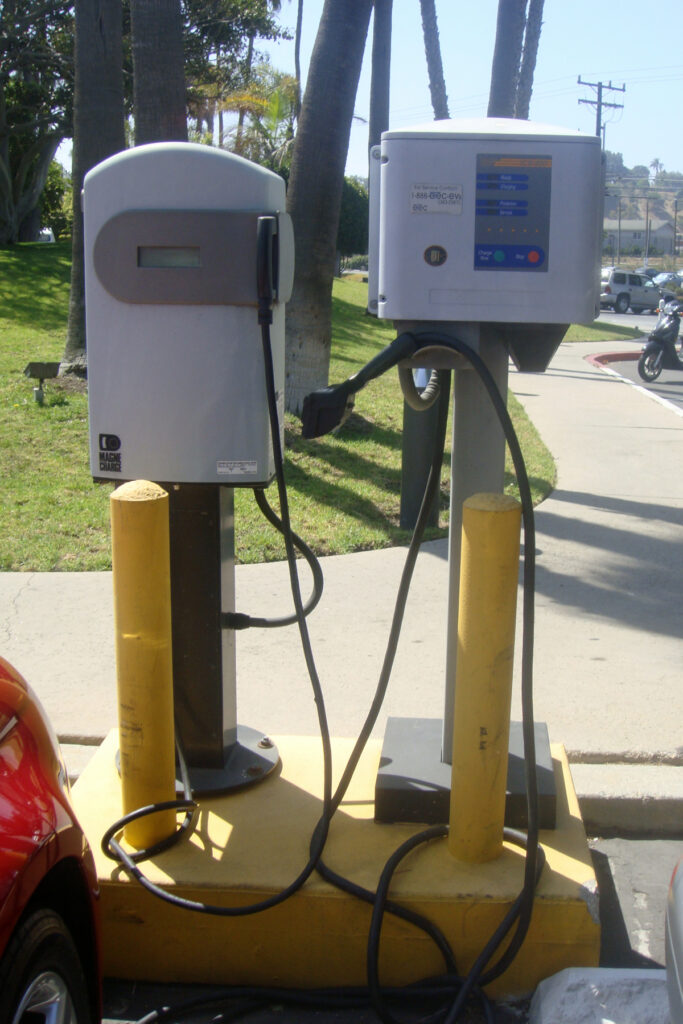
4. **Routine Deep Discharge-Recharge Cycles**The way an electric vehicle battery is cycled—the depth and frequency of its discharge and recharge events—profoundly impacts its longevity. While maximizing range might tempt drivers to consistently drain their battery before fully recharging, battery engineers strictly limit and advise against routine deep discharge-recharge cycles for optimal battery health. The fundamental reason lies in the mechanical and chemical stresses imposed on electrode materials during these extensive cycles. Taking a battery from a nearly empty state to a full state repeatedly places significantly more strain on its internal components compared to shallower, more frequent charges.
During a deep discharge, electrode materials undergo substantial volumetric changes as lithium ions are extensively de-intercalated. Conversely, a deep recharge involves a massive influx of lithium ions, causing materials to expand significantly. This repeated, large-scale expansion and contraction of electrode structures, particularly the anode, can lead to mechanical stress, micro-cracking, and pulverization of active materials over time. These physical changes disrupt electrical pathways, increasing internal resistance and reducing available sites for lithium ion storage, ultimately leading to capacity fade and reduced power output. It’s akin to constantly stretching a rubber band to its absolute limit; eventually, its elasticity diminishes, and it becomes brittle.
In contrast, operating within moderate State of Charge (SOC) ranges and avoiding routine deep cycles allows the battery to function in a less stressed state. Shallow cycles, where the battery is topped up frequently before it reaches very low SOC levels, minimize the extent of volumetric changes in the electrodes. This preservation of material integrity directly contributes to a longer cycle life. For daily driving, where the full range of the EV is seldom required, embracing a “top-up” charging philosophy—plugging in whenever convenient, rather than waiting for a near-empty warning—is far more beneficial. This practice keeps the battery within its sweet spot, reducing cumulative stress on its delicate internal structures.
Leijon’s review consistently highlights that using mid-range SOC for daily driving, while reserving 100% charges for essential long trips, significantly reduces stress on electrode materials. This approach optimizes the operational profile to match typical driving patterns without limiting usability. By relying on AC or lower-power DC charging for routine use, and reserving fast charging for necessity, drivers can further mitigate mechanical stress from rapid, deep cycles. These thoughtful charging habits, whether implemented through smart charging systems or conscious driver choices, are instrumental in fostering slower capacity fade and ensuring more stable, long-term operation of the EV battery, translating into a more efficient and reliable vehicle over its lifespan.
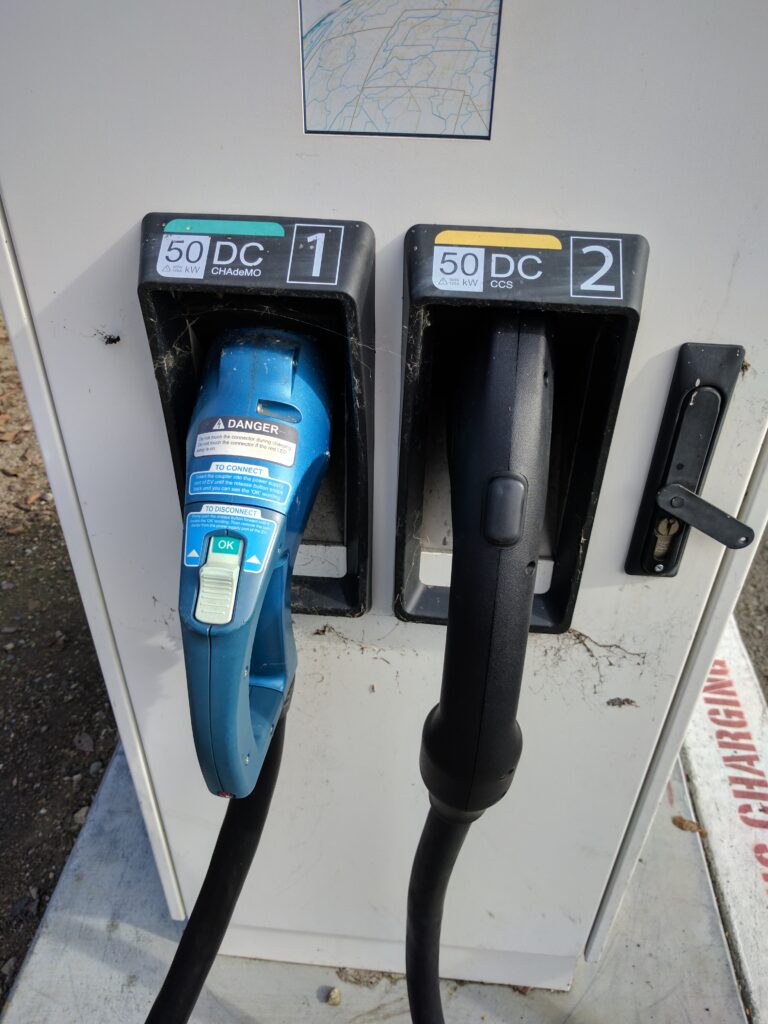
5. **High-Depth, Frequent Vehicle-to-Grid (V2G) Cycling**The concept of Vehicle-to-Grid (V2G) technology is often lauded as a revolutionary step towards a more resilient and sustainable energy ecosystem. By allowing electric vehicles to not only draw power from the grid but also feed it back, V2G offers the tantalizing prospect of turning parked cars into mobile energy storage units, helping to balance renewable energy fluctuations and support grid stability. Yet, beneath this promising vision lies a critical question for battery engineers: what is the cost to the EV battery’s health?
The primary concern with V2G is the additional cycling it imposes on the battery. Each time an EV discharges power to the grid, it constitutes a cycle, and repeated, deep discharge-recharge cycles are known stressors for lithium-ion batteries. When V2G operates by frequently draining the battery to low State of Charge (SOC) levels or by cycling it through a large percentage of its total capacity, the mechanical and chemical stresses on the electrode materials intensify. This aggressive cycling can accelerate phenomena like active material degradation, Solid Electrolyte Interphase (SEI) layer growth, and micro-cracking, all of which contribute to reduced capacity and increased internal resistance over time.
However, the comprehensive review by Jennifer Leijon (2025) offers a more nuanced perspective, suggesting that V2G is not inherently detrimental to battery longevity when implemented with careful management. The key distinction lies between “high-depth, frequent V2G cycles” and “controlled V2G.” The research indicates that systems designed to operate V2G within “mid-SOC ranges, with shallow cycles and temperature management,” have “only modest effects on ageing.” This means that rather than forbidding V2G, the focus should shift to intelligent design and operational strategies that minimize stress.
For V2G to truly become a sustainable part of our energy future, the control protocols must be sophisticated enough to protect the battery. This involves ensuring that bidirectional power flow occurs predominantly when the battery is in its electrochemical “sweet spot” – a moderate SOC range where degradation rates are minimized. Coupled with proactive thermal management and shallower discharge depths, V2G can transform EVs into valuable grid assets without significantly compromising their lifespan. This thoughtful approach allows V2G to support broader energy system goals, making it a feasible and impactful technology.
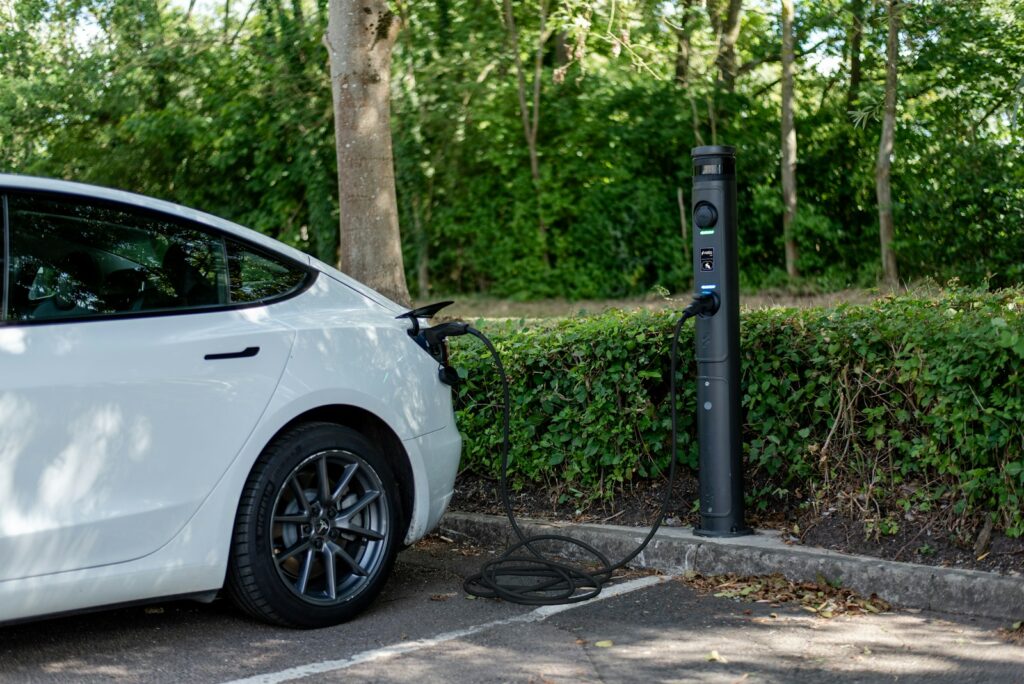
6. **Uncoordinated Charging Without Smart Grid Integration**As electric vehicles rapidly proliferate across global markets, their impact extends far beyond individual transportation, profoundly influencing the stability and quality of the electrical grid itself. The promise of cleaner air and reduced reliance on fossil fuels is undeniable, but the increasing demand for electricity, especially during peak charging hours, introduces a new set of challenges to our existing power infrastructure. Power Quality (PQ) issues, particularly harmonic distortion, emerge as a significant concern when large numbers of EVs are plugged in simultaneously without proper coordination.
The crux of the problem lies in the non-linear characteristics of EV chargers. Unlike simple resistive loads, EV chargers draw current in a non-sinusoidal manner, injecting what are known as harmonics into the power source. These harmonic currents are multiples of the fundamental grid frequency and can wreak havoc on the electrical system. Uncoordinated charging, where numerous EVs draw power impulsively and unpredictably, exacerbates this issue, leading to “increased harmonic currents, transformer and feeder overloads, and voltage variations” across the distribution network. The erratic nature of cars plugging in and out at various times creates “unexpected harmonic variations,” making grid management exceptionally complex.
The consequences of these power quality disturbances are far-reaching. Harmonics not only impair overall PQ but also interfere with delicate electronic equipment, causing malfunctions and reducing their operational lifespan. Moreover, they contribute to higher losses in the transmission and distribution lines, lowering the system’s overall effectiveness and stability. This scenario presents a substantial obstacle to the smooth and efficient integration of EVs into the power grid, potentially undermining the very sustainability goals they aim to achieve if not properly addressed.
The solution lies in a concerted shift towards smart grid integration and coordinated charging strategies. “Promoting smart charging systems that time EV charging to best align with times of low demand or renewable energy generation” is a crucial step. By intelligently managing *when* and *how* EVs charge, these systems can significantly reduce peak load demands, mitigate harmonic distortion, and enhance overall PQ. Such coordination not only benefits the grid by improving its resilience and reliability but also leverages renewable energy sources more effectively, contributing to a truly greener energy footprint.
Beyond smart charging, the development and implementation of “standardized procedures and policies for EV charging” are imperative. These standards should cover crucial aspects such as harmonic limitations, charging port specifications, and communication protocols. By fostering interoperability and ensuring that all components of the EV charging ecosystem adhere to common guidelines, we can effectively manage the varying harmonic distortion levels introduced by different EVs and charging stations. This collaborative effort among the automotive industry, distribution system operators, vehicle users, and regulatory bodies is essential for ensuring a seamless and efficient transition to an electrified transportation sector.
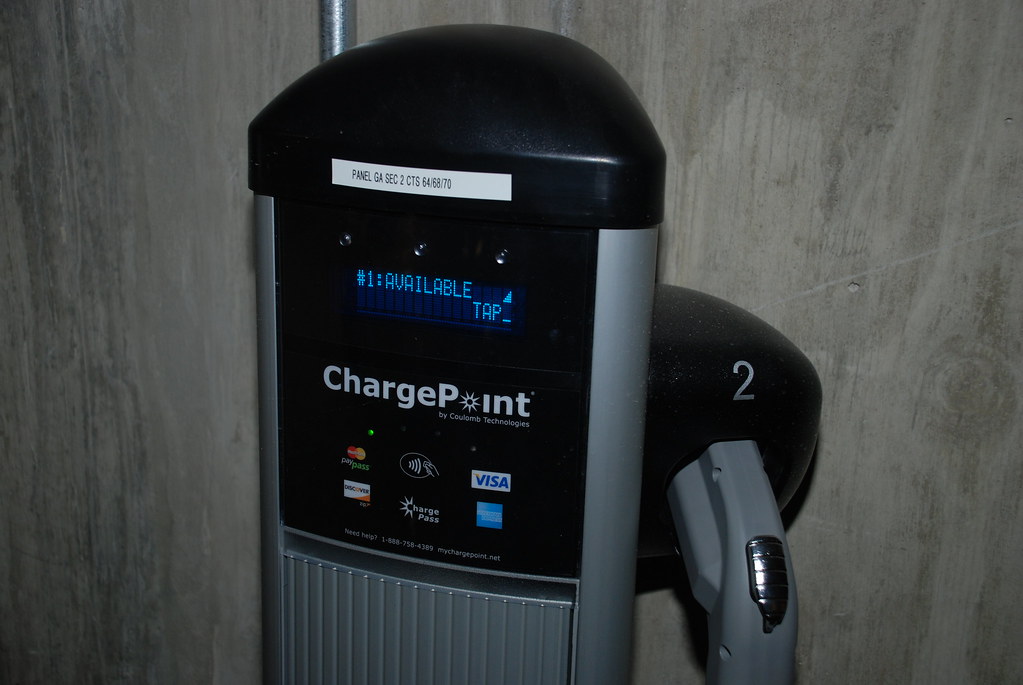
7. **Critical Function of Battery Management System (BMS) Tapering**The Battery Management System (BMS) is the unsung hero within every electric vehicle, constantly monitoring and optimizing the battery’s performance and health. Among its many critical functions, the ability to “taper charging” plays a particularly vital role in ensuring long-term battery longevity. This isn’t just a minor technical detail; it’s a sophisticated strategy that directly addresses the electrochemical vulnerabilities of lithium-ion cells, particularly as they approach full capacity.
BMS tapering refers to the gradual reduction of the charging current as the battery’s State of Charge (SOC) increases, especially during the final stages of the charging process. This strategy is fundamentally important because the battery becomes increasingly susceptible to stress and degradation mechanisms when nearing full capacity. High SOC conditions, combined with high charging currents, heighten the risk of “lithium plating,” where lithium ions deposit as metallic lithium on the anode surface rather than smoothly intercalating into the material. This plating not only permanently reduces available capacity but also poses significant safety risks.
By carefully controlling and decreasing the current flow as the battery approaches its upper voltage limit—a transition often associated with the Constant Current-Constant Voltage (CC-CV) charging protocol—the BMS can significantly mitigate the acceleration of these ageing processes. This proactive reduction in current ensures that the delicate internal chemistry of the battery is not subjected to undue strain, preventing the micro-cracks and structural rearrangements that contribute to capacity fade and increased internal resistance. It allows the battery to “breathe” and reach full charge more gently, ultimately extending its cycle life.
Modern advancements in BMS technology are pushing the boundaries even further, moving beyond static tapering profiles to dynamic, real-time optimization. Researchers are exploring “innovative approaches that use real-time temperature, SoH, impedance, and SoC data to optimize the CC-to-CV transition,” aiming to “improve battery health and shorten charging times by dynamically modifying parameters.” This evolution is crucial for developing “safer, quicker, and more intelligent EV charging” systems that can adapt to the unique conditions of each battery and charging scenario.
A significant research gap identified in existing literature concerns the management of harmonic distortion during EV battery charging, particularly in the context of CC-CV control across high harmonic situations and fluctuating battery SOC levels. This is where advanced algorithms like “Constant Power-Constant Voltage (CPCV)” emerge as substantial advancements. The CPCV algorithm is specifically “tuned to control and minimize harmonic distortions during the charging process,” offering a comprehensive solution that traditional CC-CV techniques often fall short in. Its capacity “to regulate voltage while keeping a steady power output” effectively lessens harmonic distortions and enhances overall Power Quality. This innovative approach, by “fully eliminat[ing] THD” where earlier studies only partially addressed it, guarantees a more stable and efficient charging experience, crucial for both battery longevity and grid compatibility, especially in residential areas with high EV penetration.
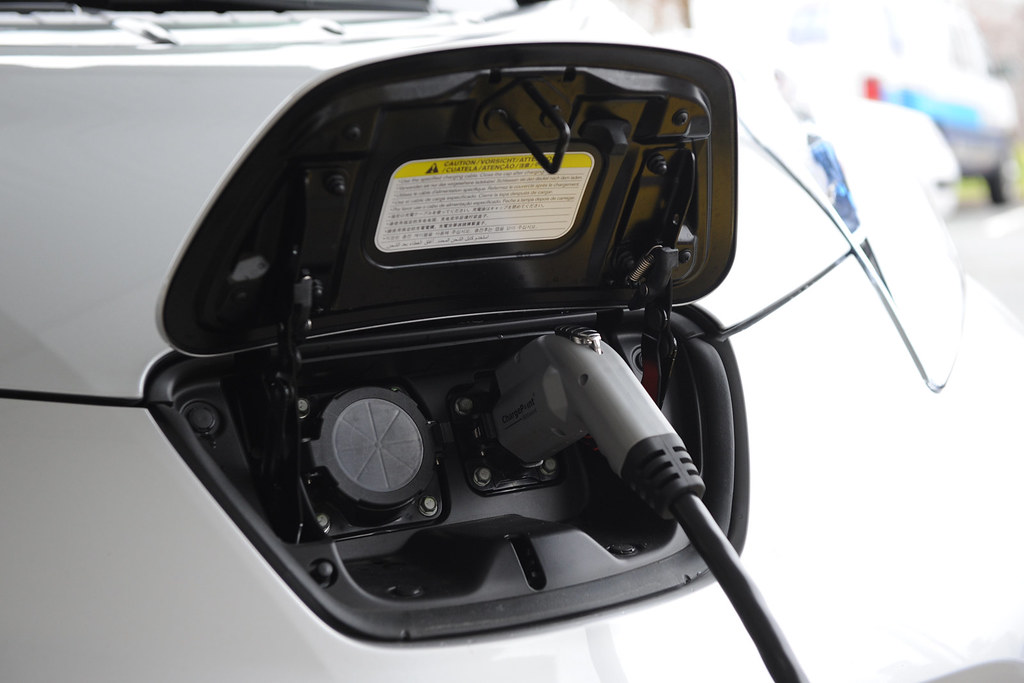
8. **Impact of Suboptimal Charging Infrastructure on Power Quality and Battery Health**The proliferation of electric vehicles necessitates a robust and intelligently designed charging infrastructure, yet the quality and characteristics of this infrastructure have a direct and profound impact on both the electrical grid’s power quality and the long-term health of EV batteries. Merely having charging stations is insufficient; *how* they are designed, located, and managed is paramount to achieving the sustainable vision of e-mobility. Suboptimal infrastructure can introduce a cascade of problems, from localized grid instability to accelerated battery degradation.
One of the most immediate challenges presented by charging infrastructure relates to grid stability. The very nature of EV charging – cars plugging in and out at various times – introduces a sporadic and unpredictable load onto the distribution network. This erratic behavior can lead to “abrupt variations in load, which could cause voltage swings and overload distribution transformers.” Furthermore, the strategic placement, or lack thereof, of charging stations significantly impacts localized demand. “Concentration of charging stations in residential neighborhoods or public charging hubs” can create “isolated hotspots with high demand,” exacerbating grid strain in specific areas and potentially leading to localized outages or equipment failure.
The type of charging infrastructure employed also plays a crucial role. For instance, the choice between “single-phase or three-phase system[s]” directly affects the distribution network. While three-phase charging offers faster charging speeds, its “increased demand on the grid” can worsen load imbalances and heighten the “transformer overloading risk.” Beyond mere load, the conversion of AC power from the grid to DC power required by EV batteries, especially in rapid charging stations, is a primary source of “harmonic distortion.” Research has shown “significant differences in harmonic current distortion levels” between chargers from different manufacturers, with “system-level distortion reach[ing] 18%” in some measurements. These non-sinusoidal currents contribute to higher losses, equipment overheating, and interference with sensitive loads.
Addressing these infrastructure-related challenges requires a multi-faceted approach centered on advanced technology and smart design. The implementation of harmonic reduction techniques, such as active and passive filters, is essential to mitigate the adverse effects of charger-induced harmonics. Furthermore, innovative charger designs, like the “suggested on-board EV battery charger [that] uses a three-level DC-DC SEPIC converter in conjunction with a diode bridge rectifier” or the “bridgeless PFC converter,” are crucial. These designs are engineered to achieve “unity Power Factor (PF),” “eliminate THD [Total Harmonic Distortion] in the input current,” and “lower input/output current ripple,” thereby enhancing PQ and lessening device stress, ultimately contributing to “longer battery life, lessened device stress, and enhanced efficiency in EV charging applications.”
Ultimately, the goal is to create an infrastructure that is not only convenient for EV users but also resilient and respectful of both grid health and battery longevity. This involves continuous research into cutting-edge charging solutions that minimize harmonic distortion and maximize overall effectiveness. By prioritizing smart grid integration, advanced converter technologies, and standardized practices, we can build a charging ecosystem that truly supports the widespread adoption of electric vehicles without compromising the stability of our power systems or the lifespan of the batteries powering our sustainable future.
**The Road Ahead: A Holistic Approach to EV Longevity**
As we navigate the exciting, yet complex, transition to an electrified transportation future, it becomes abundantly clear that optimizing EV range and battery longevity is not merely a matter of a single charging habit or technological fix. Instead, it demands a holistic, multi-faceted approach that integrates intelligent operational practices, advanced system-level controls, and robust charging infrastructure. The insights from Jennifer Leijon’s review and the broader body of research underscore that every decision, from a driver’s daily charging routine to a city’s grid investment, collectively shapes the lifespan and environmental footprint of these vital vehicles.
From managing the inherent stresses of fast charging and prolonged high State of Charge, to mitigating the silent threats of extreme temperatures and deep discharge cycles, the first section laid the groundwork for understanding individual battery care. This second section has further broadened our perspective, revealing how system-level elements like managed V2G cycling and the critical role of Battery Management System (BMS) tapering are paramount. We also delved into the macro-level impact of uncoordinated charging on grid stability and the indispensable need for high-quality, intelligent charging infrastructure to combat power quality issues like harmonic distortion.
Read more about: Solar’s Ascent: How Innovation and Accessibility Are Powering a New Era of Affordable Energy
The convergence of these factors paints a picture where technological innovation in algorithms like CPCV, smart grid integration, and sophisticated thermal management systems are not just desirable but essential. By embracing these principles, we can move beyond simply deploying EVs to ensuring they serve as truly sustainable assets for decades to come. This collaborative effort among drivers, automakers, utilities, and policymakers will be the bedrock for maximizing the efficiency, reliability, and longevity of electric vehicles, ultimately paving the way for a cleaner, more sustainable future for everyone.



